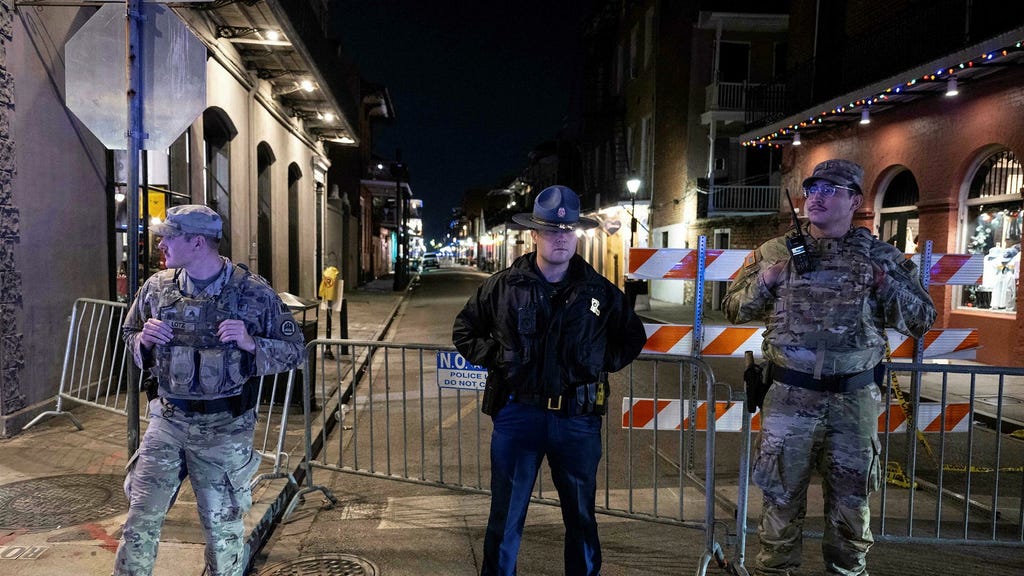The Resurgence of ISIS and the Threat of Lone Wolf Attacks
Between 2014 and 2017, the Islamic State (ISIS) held significant territory across Syria and Iraq, establishing a so-called caliphate and imposing its brutal ideology. However, a US-led coalition, along with local forces, successfully pushed back the group, dismantling its territorial control. While this marked a major victory in the fight against ISIS, the group did not disappear entirely. Instead, it fragmented into smaller, independent cells dispersed across several countries, including Syria, Afghanistan, and Pakistan. The United Nations estimates that around 10,000 ISIS members remain active, posing a continued threat to global security. This fragmented structure, coupled with the evolving political landscape in regions like Syria, has allowed ISIS to regroup and adapt its strategies. A resurgence of ISIS activity is evident in the increasing number of attacks, particularly in Syria, where the number of incidents tripled in the past year. This highlights the persistent danger ISIS poses, despite the loss of its territorial control.
The shift towards decentralized operations has also led to an increased reliance on lone wolf attacks, often inspired or directly guided by ISIS ideology. These individuals, often based in Western countries, are more susceptible to rapid radicalization and can be difficult to detect and prevent from carrying out attacks. Recent instances of ISIS-inspired or claimed attacks in the West, including a knife attack in Germany and a foiled plot against a Taylor Swift concert in Vienna, underscore this growing threat. The reliance on individuals already residing in Western countries allows ISIS to bypass traditional security measures and exploit vulnerabilities within these societies. This decentralized approach, combined with the ease of online radicalization, makes the task of counterterrorism significantly more challenging.
The incident in New Orleans, where a suspect killed his family and then was shot dead by police after allegedly pledging allegiance to ISIS, illustrates the complexities of lone wolf terrorism. While the connection between the suspect and ISIS remains unclear, his purported pledge raises questions about the motivations and influences behind the attack. The possibility of other individuals being involved raises concerns about a wider network, while the lack of an official ISIS claim suggests a potential disconnect between the perpetrator and the central organization. Experts suggest that the association with ISIS may have provided the suspect with a sense of purpose and notoriety, transforming him from a family annihilator into a perceived jihadist martyr. This desire for recognition and a sense of belonging, often exploited by extremist groups, can be a powerful driver in lone wolf attacks.
The absence of an immediate ISIS claim for the New Orleans attack, however, does not necessarily rule out a connection. While ISIS readily claims responsibility for attacks it directly orchestrates, it also benefits from the "brand recognition" associated with its name. Individuals inspired by ISIS ideology, even without explicit direction, contribute to the group’s narrative of global reach and influence. This allows ISIS to capitalize on acts of violence, even those not directly planned by the group, to amplify its message and inspire further attacks. This "franchise model" of terrorism, where individuals act independently while aligning themselves with a larger ideology, poses significant challenges for law enforcement and intelligence agencies.
The choice of target in New Orleans, a busy casino, mirrors ISIS’s historical preference for symbolic locations with high concentrations of civilians. While the group may currently lack the capacity to target heavily secured events like presidential inaugurations or major sporting events, it continues to seek out softer targets with less stringent security measures. This highlights the inherent difficulty of protecting all potential targets, as well as the need for ongoing vigilance and adaptive security strategies. The use of a vehicle as a weapon, as seen in the New Orleans incident and other attacks like the Stockholm truck attack, demonstrates the readily available means by which individuals can inflict mass casualties.
The prevalence of vehicle attacks underscores the phenomenon of "copycat" terrorism, where individuals emulate past successful attacks. The relative ease of replicating these tactics, combined with the widespread media coverage they receive, can inspire further attacks. This creates a cycle of violence, where each incident increases the likelihood of future attacks. Combating this requires a multi-faceted approach, including enhanced security measures, improved intelligence gathering, and efforts to counter extremist narratives online. Understanding the motivations and influences behind these attacks, including the psychological appeal of groups like ISIS, is crucial for developing effective prevention strategies. The evolving nature of terrorism, characterized by decentralized networks and lone wolf actors, necessitates a continuous adaptation of counterterrorism efforts to address this complex and persistent threat.














